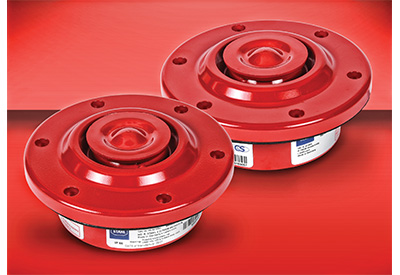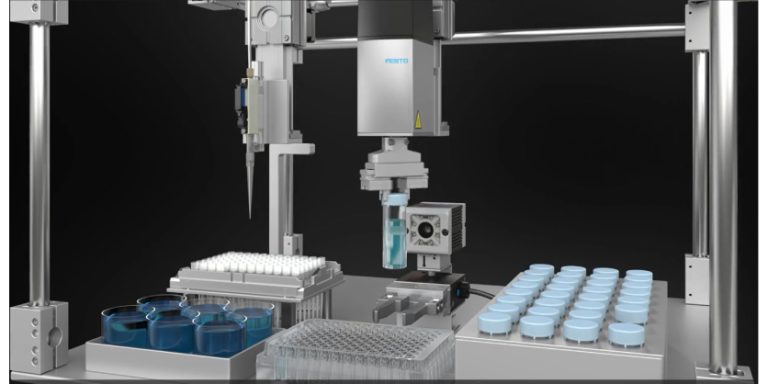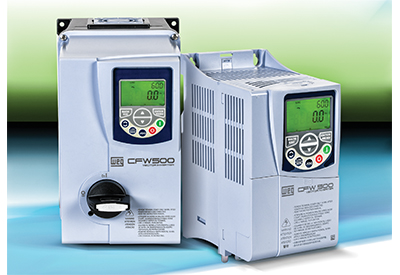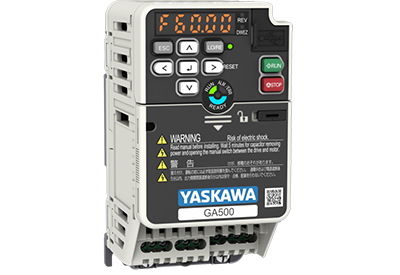Important Considerations for Replacing and Sizing AC Motors
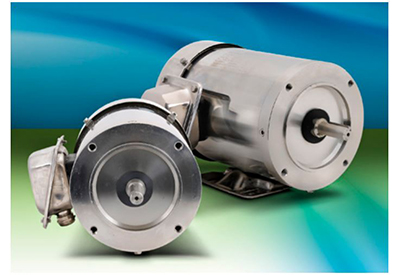
July 15, 2021
By Joe Kimbrell, Product Manager, Drives, Motors and Motion, AutomationDirect
Every business is trying to conserve energy in the face of high utility costs, so getting the best return on investment (ROI) is critical for maintaining a healthy balance sheet. The decision to replace existing motors with newer premium efficiency motors needs to take into account both the increased energy efficiency as well as ROI gained by installing a new motor.
Background on Classes of Motor Efficiency
There are three basic standards of motor efficiency: pre-EPAct, EPAct, and Premium Efficiency (also known as NEMA Premium). In 1992, the Department of Energy issued the Environmental Policy Act of 1992 (EPAct ’92). This legislation set minimum standards for efficiency of the majority of general purpose motors sold in the U.S. The actual requirements for motors went into effect in 1997. Motors sold after EPAct ’92 went into effect are commonly referred to as EPAct motors.
In 2007, the Energy Independence and Security Act of 2007 (EISA) was signed into law. This legislation raised the minimum efficiency for most induction motors sold in the U.S even higher. The requirements for this law went into effect in 2010. Motors that meet the latest efficiency guidelines are referred to as Premium Efficiency (PE) or NEMA Premium motors.
Since 2010, the United States Department of Energy has been issuing new rules mandating increased energy efficiency requirements for motors originally excluded from EISA 2007. The new rules enforce efficiency standards for small motors, open drip-proof motors, and other categories not covered in EISA 2007’s Premium Efficiency mandates. To learn more about the new rules visit: https://federalregister.gov/a/2014-11201
Rewind or Replace?
One of the first decisions made when a motor fails is whether to rewind or replace the motor. The biggest determining factors in that decision are the age of the motor, the type of motor involved, availability, how often the motor runs, and its efficiency. When a pre-EPAct motor isn’t working properly, replacement is most always preferred (age of the motor and gains in efficiency play a significant role in the ROI).
When an EPAct motor fails, the increased savings of replacing this motor with a Premium Efficiency motor requires consideration. If a Premium Efficiency motor fails, the repair/replace decision becomes even less clear-cut. The Department of Energy has information that can help you determine the payback when deciding on purchasing a new Premium Efficiency motor vs. repairing pre-Epact, EPAct, or existing Premium Efficient motors. http://1.usa.gov/MS3AbN
In the past, rewinding a motor usually meant losing efficiency, but that’s no longer true, as original motor efficiency can be maintained in most cases. In fact, it’s sometimes possible to increase efficiency with a motor rewind. To determine the effect on efficiency for a specific motor, experts at a motor repair shop should be consulted.
When the motor in question is a special or custom motor, additional factors help determine whether to repair or replace, such as the longer lead times required for custom motors, and the higher costs of replacing them.
In these cases, rewinding may be a more attractive proposition. For non-custom standard efficiency motors, replacement is often the better way to go because the efficiency gains usually outweigh the cost of a new motor.
The amount of time a motor runs can also help determine whether rewinding or replacing is the better option. For motors that operate continually, the ROI for a new, premium efficiency motor can be achieved fairly quickly. For motors that only run periodically, careful analysis is needed in the cost calculations for replacing versus rewinding. To help with these calculations there are several Web sites, such as the Department of Energy website. The Department of Energy also provides a free software package, MotorMaster+, which assists with motor rewind/replace decisions, as well as creating a motor survey if replacing is determined to be the better option.
Considerations for Replacing a Motor
A common mistake that happens when the decision is made to replace a motor is thinking that buying any new premium efficiency motor will deliver optimal efficiency. When trying to boost savings by increasing energy efficiency, selecting the right-sized motor is at least as important as the energy efficiency of the new motor.
If the new motor is oversized, the energy savings will be less than if the right sized motor was installed. The best method for determining the right size motor is to conduct a thorough motor survey. Correctly sizing an AC motor is important because overloaded motors can overheat, and underloaded motors waste energy. A motor’s energy usage accounts for more than 95 percent of its lifetime cost, so achieving maximum energy efficiency is crucial, and rightsizing the motor is a key step.
Sizing and Output Speed
The two most important factors when sizing any type of load are required torque and speed. Finding the required output speed is usually easily accomplished by determining the design specifications. However, it’s usually more difficult to determine the correct torque.
A too-frequent problem in today’s industrial applications is the use of oversized motors, an issue that can be addressed with more precise up-front engineering. For example, if an application really requires slightly more than 5 horsepower (hp) at infrequent intervals, a 7.5 hp motor is often installed to make sure there’s enough headroom. In this situation, the 7.5 hp motor will definitely work, but it will be running well below full load torque and further down the efficiency curve (wasting energy).
For applications that only require the motor to operate above full load for short periods of time, selecting the right size motor with a higher service factor could be a better option. For example, if a motor has a 1.15 service factor, it can occasionally handle an additional 15 percent load without damaging the motor.
The Importance of a Motor Survey
Conducting a motor survey is the best way to correctly size a replacement motor. A motor survey should begin by reviewing and cataloging the nameplate information on the current motor to obtain the rated speed, efficiency, full-load current, etc.
The motor nameplate is the first step of a motor survey. It supplies available information, such as speed and full-load current, to help select the right size motor.
The next step is to use a clamp-on meter to monitor the current the motor is drawing during normal operation. Most systems have many unknown factors, such as friction and mechanical transmission efficiencies, which affect motor loading. Thus, getting an actual measurement of the current going into the motor helps determine the true required motor size.
Motors operate most efficiently near full load, so determining load requirements accurately is important. The greatest efficiency is achieved above 70 percent of full load torque. Below 50 – 60 percent, efficiencies start to drop off dramatically.
There are several web sites that provide information on how to determine motor load size, such as http://1.usa.gov/LDOEbW.
Conducting a thorough motor study may seem like a complicated task, but there are tools available to help with the calculations.
Moreover, investing the time to conduct a thorough motor survey will help ensure the correct size motor, one that will deliver maximum savings throughout the motor’s life.
A wealth of additional information (motor survey forms, case studies, software tools, and fact sheets) can be found at the Department of Energy’s Web site.


